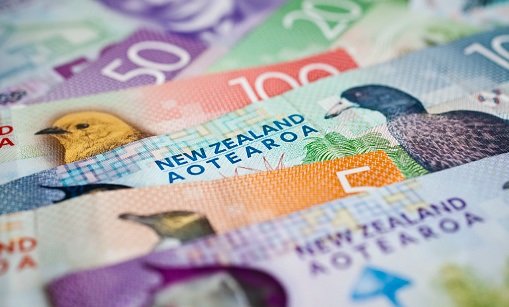During the early hours (London time) of Wednesday morning, the RBNZ surprised financial markets with a much more hawkish than expected shift in monetary policy. As expected, the bank held interest rates at 0.25%. However, the bank announced that it would be ending QE purchases from the 23rd of July, much sooner than expected and meaning that it will only actually end up using less than 60% of its total NZD 100B pandemic emergency bond buying remit. Equally surprising where some of the changes to the banks stated stance on monetary policy; the bank now says that the “level of monetary stimulus could be reduced to minimise the risk of not meeting its mandate”, rather than its previous stance which said that a maintenance of stimulus at current levels was needed in order for the bank to meet its objective. In other words, the bank has gone from thinking that lots of stimulus is needed or there is a risk the bank could undershoot its policy objectives (of 2.0% inflation and full employment), it now thinks that the current level of stimulus risks overshooting these objectives (i.e. by raising the risk that the economy will heat up too much). “That is quite a shift in risks”, says MUFG. Language on housing was also more hawkish than expected, with the rate of house price growth characterised as unsustainable.
The sharp hawkish shift in policy comes amid an equally sharp upgrade in the bank’s view on the outlook for the New Zealand economy. Indeed, aggregate economic activity has already recovered back to pre-pandemic levels, despite the fact that the slump in the large and important tourism industry continues. Meanwhile, recent data shows that household consumption and business investment are both holding up well, factors also acknowledged by the bank. Perhaps the most important driver of the RBNZ’s sharper than expected hawkish shift in policy, however, is the bank’s updated view on inflation; the spike in inflation seen in Q1 is likely to continue into Q3, the central bank said, adding that “more persistent consumer price inflation pressure is expected to build over time”.
Prior to this morning’s monetary policy meeting, consensus amongst analysts was that the RBNZ would be likely to embark on its first-rate hike in November. In wake of the meeting, those expectations have been brought sharply forward. NZ money markets are now close to pricing in a 25bps rate hike with certainty in August. The 2Y NZ government bond yield saw a 10bps jump overnight to 0.67% (implying that the OCR, the RBNZ’s main interest rate, will average 10bps higher over the next two years than prior to the meeting). Most analysts are calling for a rate hike to come in either August or October. This seems to have been the message/guidance the bank wanted to get across. Why else would they axe their QE programme so aggressively and change their language on policy and the economy so hawkishly if they weren’t teeing markets up for a rate hike soon? ING think a rate hike in August hinges on how this Friday’s Q2 2021 CPI report and the Q2 2021 jobs report (scheduled for release on the 4th of August) go.
Needless to say, the New Zealand is far and away the best performing G10 currency so far this Wednesday (and also on the week). NZDUSD is up 1.3% and has surged back to the 0.7030s from previously under 0.6950. That still leaves the pair about 70 pips below its highs from earlier in the month, and some FX strategists that despite the RBNZ’s clear hawkish shift, which puts it at the front of the monetary policy tightening que in terms of the G10 central banks, NZD may continue to struggle to see further gains against the US dollar. The US dollar, after all, continues to perform pretty well (albeit it is a fair bit weaker on the day on Wednesday) against the backdrop of higher-than-expected inflationary pressures in the US and a Fed that is inexorably also heading in the direction of monetary policy tightening. Analysts suggest a better way to express NZD strength might be against its antipodean counterpart given the wide and ever-growing divergence in policy between the RBNZ and RBA. The latter is still guiding markets that there will be no rate hikes until 2024, remember. AUDNZD slumped back to monthly lows on Wednesday under 1.0650 from previously above 1.0700 and is eyeing a test of the 1.0600 level, which happens also to coincide with the low from June. “We think there is room for a drop to the 1.04/1.05 region by the end of the year” says ING on the pair.




